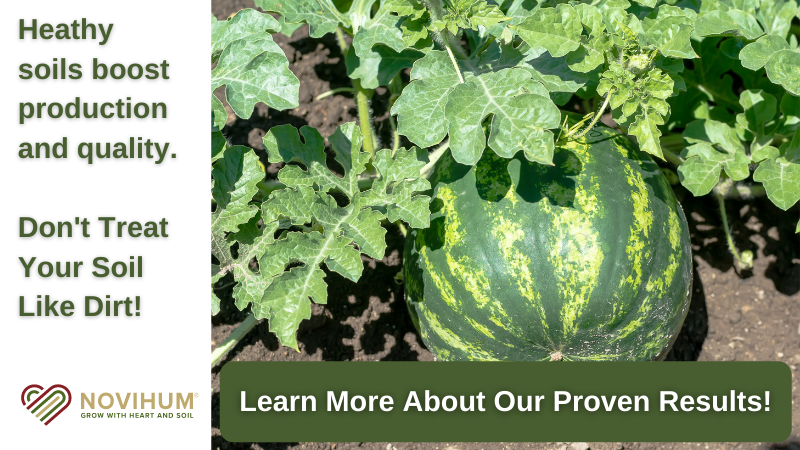Opinion: A Farm Is Still A Farm Regardless Of Size
One of the challenges our magazine faces each month is catering to the needs of a diverse readership of growers, not only in terms of crop or region, but also in acreage and income. Some of you may operate on thousands of acres and bring in millions each year, while others get by on just a few acres.
No matter what your size, though, each of you is providing a service to consumers and filling a specific need in the industry. So here’s a question: What would happen if you were told you were no longer considered a farmer?
That is actually what could happen later this year, based on a report in the Kiplinger Agriculture Letter. According to Kiplinger’s, which publishes the latest commodity outlooks for agriculture and agribusiness, USDA is expected to redefine farms as operations with $5,000 to $10,000 in annual sales, up from the previous standard of $1,000, which has been in place since 1975. Based on Kiplinger’s assessments, about 55% of today’s farms would no longer be called farms. In fact, there’s a chance the bar could actually be set as high as $50,000, which would certainly be a detriment to small-acreage operations.
Let’s Hear It For The Little Guy
On the surface, this might not seem like that big a deal. As long as you’re able to continue selling fruit at a roadside stand, or supply a local packer with a consistent crop, it’s hard for anyone to say that you’re not a farmer. And if consumers are buying directly from you, they’re bound to think the same thing.
However, if the legal definition of a farm is changed, those very small growers out there could be on the outside looking in when it comes to farm loans, conservation aid, disaster relief, or other federal funding. Even if you don’t rely on farming for all of your income, you may be interested in getting involved with conservation programs. There’s also the chance that severe weather could damage part of your operation (it seems like we’ve seen a lot of that already this year), and if this classification were to go into effect, it would make it more difficult for you to recover your losses.
There are other implications that changing the definition of a “farm” could have as well. With small, lower-income farms out of the equation, the overall acreage numbers for U.S. crop production will likely decline, which could lead to cuts in the amount of research funding allocated for the industry.
But perhaps the most significant effect lies in the local food movement. We’ve talked at great length about how this trend is really much more than a trend by now; it’s a way of doing business for many growers. In fact, many of the growers looking to capitalize on the local craze are smaller companies, who have the ability to target their surrounding communities. And with more and more consumers looking for in-season produce fresh from the nearest farm, the relationship is a symbiotic one. Putting these small farms at risk is surely not the best strategy.
We all know that growing operations both large and small make their own contributions to the agriculture industry. However, when you look closely, it is the smaller farms that are often the ones most closely tied to consumers and their local townships. Not to offend those large growers out there, but when the average consumer thinks of a fruit farm, they most likely envision a place where they can go and pick fresh strawberries, walk through a corn maze, and buy an apple pie. Let’s hope this proposed “redefinition” of a farm doesn’t hurt that image.









